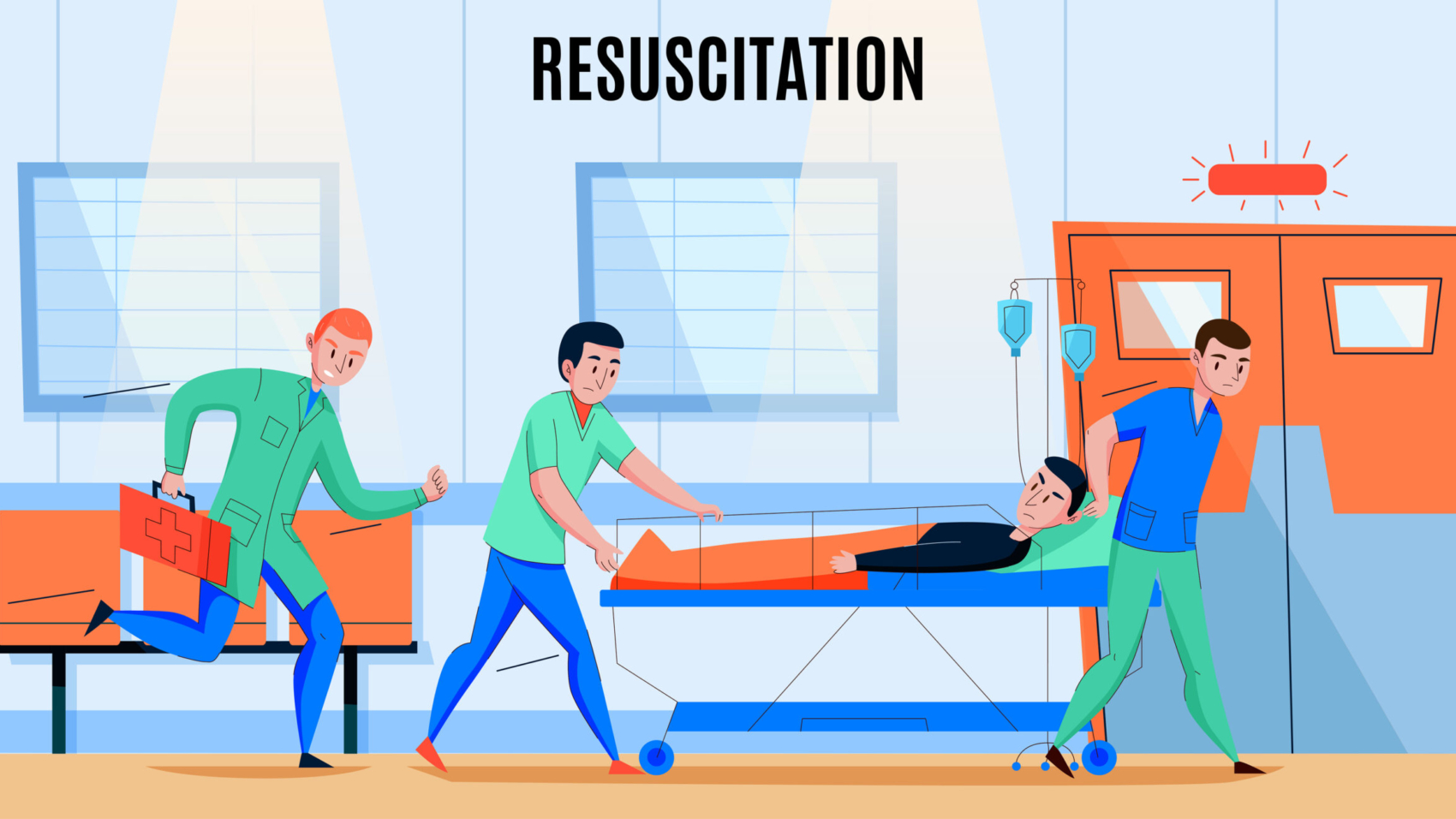In times of crisis, how quickly and effectively an emergency is handled can greatly impact its outcome. Whether it’s a natural disaster, terrorist attack, or industrial accident, quickly assessing the situation’s severity is essential. One of the best ways to manage these emergencies is through Severity Assessment and Categorization. This process helps allocate resources where they’re needed most and ensures the most urgent needs are addressed first.
What is Severity Assessment and Categorization?
Severity Assessment and Categorization involves evaluating the seriousness of an emergency. It requires assessing the impact on people, infrastructure, and the environment. This helps prioritize responses, ensuring that critical issues are tackled before less urgent ones.
This process is vital when multiple people are affected, and resources like medical teams or equipment are limited. By categorizing injuries, the environment, and the community’s impact, responders can identify which areas need immediate attention and which can wait.
Key Elements of Severity Assessment
Effective severity assessment takes into account several factors to determine the most urgent issues that need addressing. These include:
1. Severity of Injuries
Emergency responders first assess the severity of injuries among those affected. They categorize injuries based on how life-threatening they are. This helps medical teams prioritize care and direct resources to those who need it most.
- Critical Injuries: Life-threatening injuries such as severe trauma, internal bleeding, or respiratory distress. These require immediate attention to prevent death.
- Moderate Injuries: Serious but non-life-threatening injuries like broken bones, deep cuts, or burns that need treatment but are not immediately fatal.
- Minor Injuries: Injuries that do not pose an immediate risk to life, such as small cuts, bruises, or sprains.
- No Injuries: Individuals who are uninjured but may need assistance with evacuation, shelter, or emotional support.
Categorizing injuries this way ensures emergency teams focus on saving lives first, while addressing less critical cases later.
2. Impact on the Area or Community
Another essential part of severity assessment is evaluating the broader impact of the crisis. This includes understanding the damage to infrastructure, potential risks to public safety, and the displacement of people.
- Infrastructure Damage: How much of the area has been affected? Are roads, bridges, or buildings damaged? Is there debris blocking evacuation routes or access for emergency teams?
- Public Safety Risks: What immediate dangers exist, such as fires, floods, or toxic chemical spills? Are there ongoing hazards like unstable buildings or fallen power lines?
- Population Displacement: How many people have been forced to leave their homes? Are they in need of shelter, food, or medical attention? Is there a need for mass evacuations?
By understanding the scope of the crisis and the needs of the population, responders can prioritize resources like food, shelter, and medical care.
3. Environmental and Hazardous Risks
Assessing environmental and hazardous risks is another crucial part of severity evaluation. In some crises, the presence of toxic chemicals, explosives, or radiation can pose significant threats to public health.
- Explosives and Chemical Hazards: In industrial accidents or terrorist attacks, dangerous substances or explosives may be present. Responders must identify and handle these immediately to prevent further harm.
- Toxic Materials: Chemical spills or contamination of water, air, or soil can cause long-term health issues. Identifying the level of exposure and containing the spread is vital.
- Radiation: In nuclear accidents or attacks, radiation exposure poses serious risks. Evaluating the level of radiation and the affected areas helps responders determine if evacuation or shelter-in-place orders are necessary.
Properly assessing these environmental risks allows for a more focused and effective response, preventing further damage and protecting the public.
Categorizing Severity Levels
Once responders assess the factors mentioned above, they categorize them into severity levels. This helps determine which issues need immediate attention and ensures that resources are allocated effectively.
There are four primary severity levels:
1. Level 1: Critical/High Priority
This level includes situations that require immediate attention. These are life-threatening injuries, hazardous environments, or widespread destruction that poses significant risks to public safety. For example, severe trauma, exposure to toxic chemicals, or areas at risk of further explosions. Emergency responders must focus on these high-priority cases first, aiming to save lives and mitigate the worst risks.
2. Level 2: Moderate Priority
Moderate priority situations are serious but not immediately life-threatening. Injuries like broken bones or moderate burns, or damage to infrastructure that disrupts normal life but doesn’t pose an immediate risk, fall under this category. These cases are addressed after critical issues are handled.
3. Level 3: Low Priority
Low priority situations include less serious injuries or minor risks that do not require immediate intervention. These could involve minor cuts, bruises, or property damage that doesn’t pose significant risks to safety. These cases are handled once more critical incidents are resolved.
4. Level 4: Non-Critical/Minor
This category includes situations with minimal impact on the overall crisis. These may involve individuals who are unharmed or areas with only minor damage. While these cases still require attention, they are not urgent and can be addressed later.
Categorizing severity in this way allows responders to make quick decisions and focus on the most critical needs first.
The Role of Triage in Severity Assessment
Triage plays a vital role in severity assessment. It involves sorting victims or incidents into categories based on urgency and available resources. Triage helps emergency responders decide who should receive immediate treatment and who can wait. This process is essential when resources are limited, and every second counts. Prioritizing critical cases ensures the response is as effective as possible.
Benefits of Severity Assessment and Categorization
Conducting thorough severity assessment and categorization offers several key benefits in crisis situations:
1. Efficient Resource Allocation
Severity assessment helps determine which areas or individuals need the most help, ensuring that resources like medical teams, equipment, and supplies are focused where they’re most needed. This minimizes waste and ensures life-saving resources go to the most critical cases.
2. Faster Response Times
When responders know the most urgent priorities, they can act quickly to address the most pressing needs. This reduces delays and can be the difference between life and death.
3. Improved Coordination
Multiple agencies, such as fire, police, medical teams, and local authorities, often respond to crises. A clear categorization of severity allows these agencies to work more effectively together, avoiding duplicated efforts and ensuring resources are allocated efficiently.
4. Enhanced Public Safety
A clear understanding of the severity of different risks allows responders to neutralize immediate threats and prevent further damage. Addressing the most dangerous situations first improves overall public safety.
Conclusion
Severity Assessment and Categorization is a critical process in managing a crisis. It helps emergency responders evaluate the seriousness of a situation, categorize it into manageable levels, and prioritize resources accordingly. By understanding the severity of injuries, the impact on the community, and environmental risks, responders can focus on handling the most critical issues first. In high-pressure situations, where every minute counts, this approach is vital for saving lives, minimizing damage, and restoring stability.

